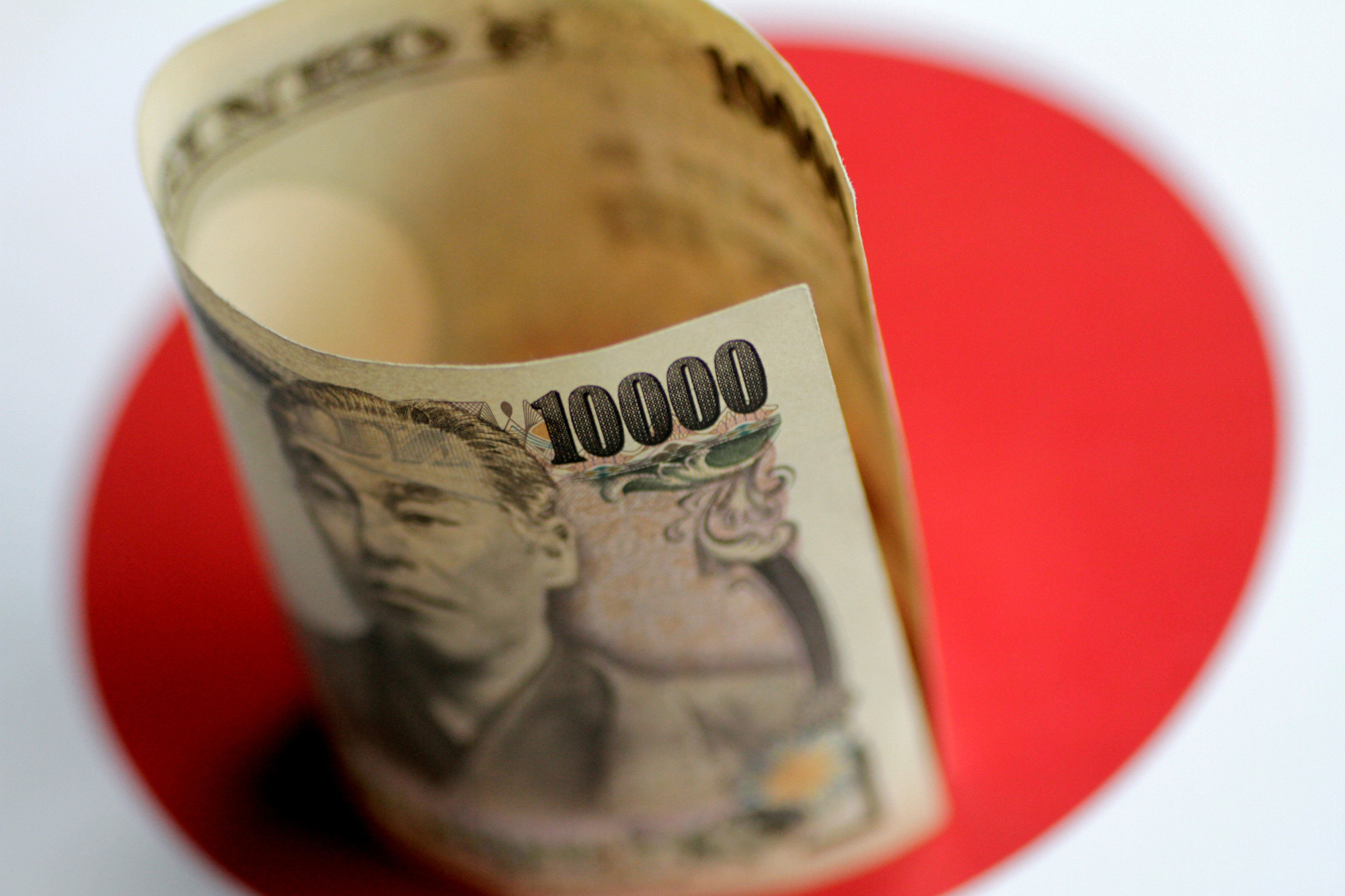For most of the past half century, the yen has either been severely undervalued or severely overvalued against the dollar, resulting in a highly destructive boom-bust supercycle in Japan's economy. But now, the currency is finally showing signs of stabilizing at somewhere close to fair value as defined by the OECD's measure of purchasing power parity, offering perhaps the healthiest configuration for businesses and investors in decades.
The thing about the foreign exchange market is that currencies move around much more than they should. Country fundamentals — meaning purchasing power parities (PPPs) — change slowly over time, but financial markets respond to a variety of transient factors. Also, currencies are inherently political. The yen-dollar rate influences and is influenced by the twists and turns of the relationship between Japan and the United States. That is why Japanese finance ministers and other high-level officials feel obliged to make public comments on the market's gyrations.
To understand where the yen is now, it's helpful to know where it has come from. After World War II, Japan effectively became a U.S. protectorate; sponsoring its economic development made perfect sense for the U.S. in its face-off with the Soviet bloc. Under the Bretton Woods system of fixed exchange rates, the yen was set at 360 to the dollar. By the late 1960s, that represented a 40 percent undervaluation and a huge boost to Japanese competitiveness.

















With your current subscription plan you can comment on stories. However, before writing your first comment, please create a display name in the Profile section of your subscriber account page.